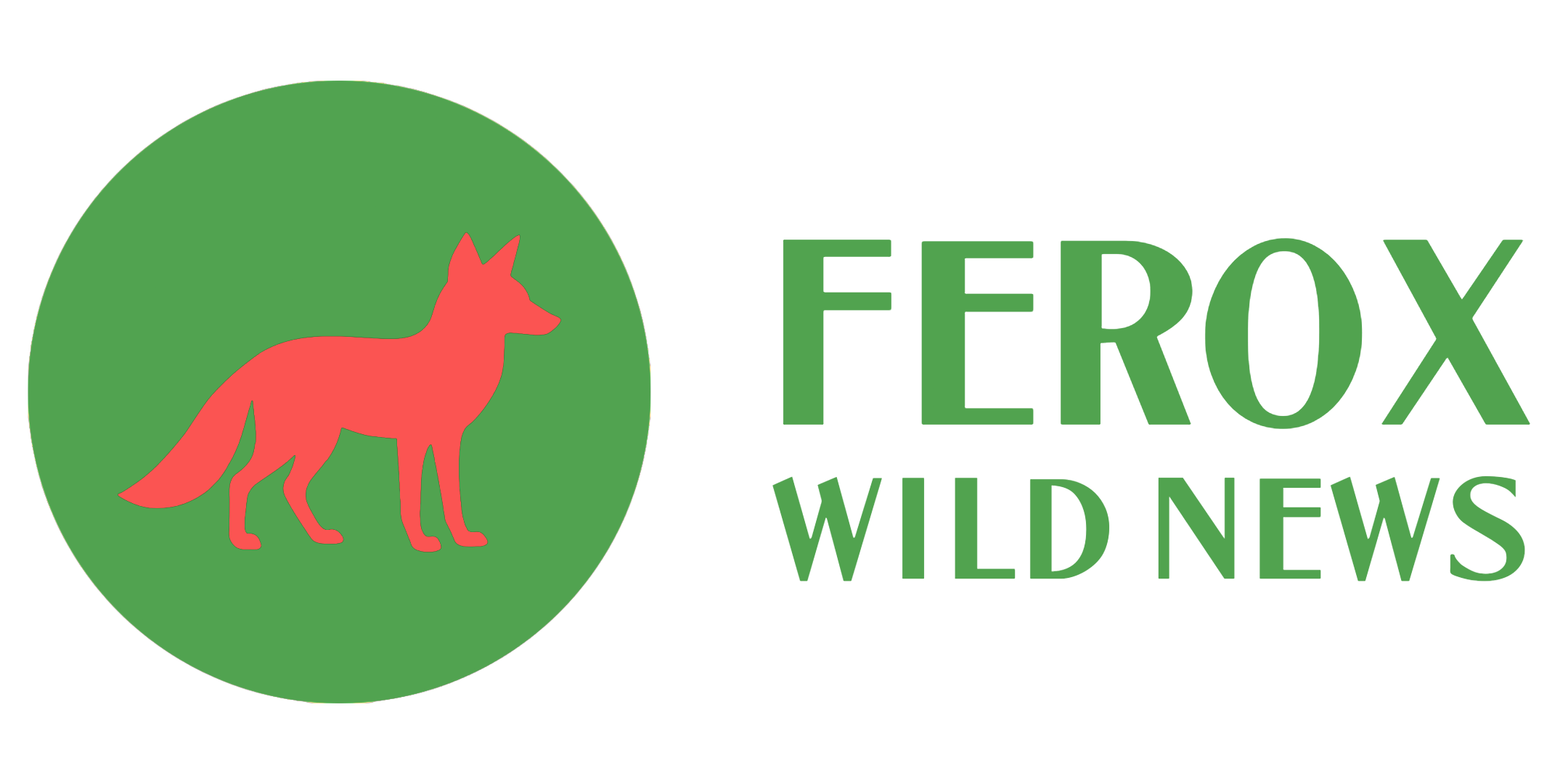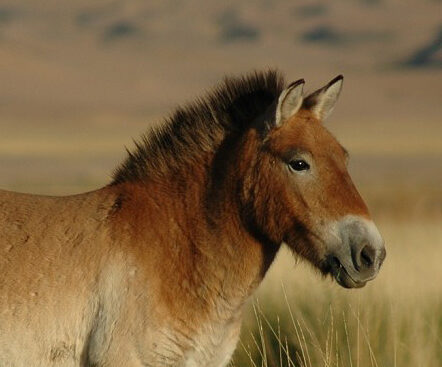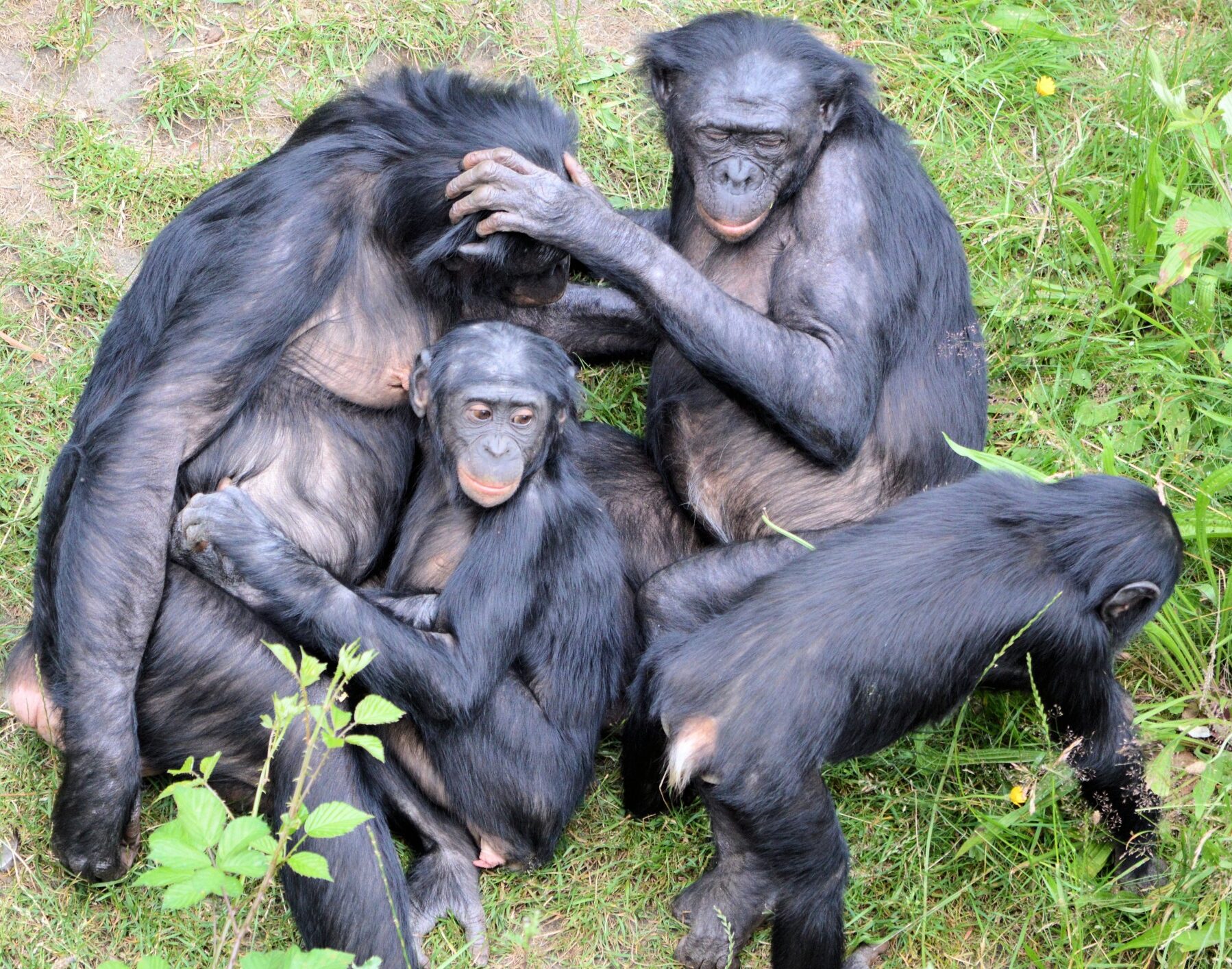In a groundbreaking effort to save the endangered Przewalski’s horse (Equus przewalskii), scientists have successfully cloned two healthy males from cells frozen in 1980. The clones, named Kurt (born 2020) and Ollie (born 2023), are genetic copies of a stallion named Kuporovitch , whose rare genes could help strengthen the species’ shrinking gene pool.

Credit: Claudia Feh, CC BY 4.0
Why Cloning Was Needed
All 1,800 Przewalski’s horses alive today descend from just 12 wild ancestors captured between 1898 and 1947. Decades of breeding in zoos caused a loss of genetic diversity, leaving the species vulnerable to diseases and inbreeding. Kuporovitch, who lived from 1975 to 1998, carried valuable genes from two of the original founders but was underused in breeding programs.

Credit: Chinneeb, CC BY 4.0
How the Clones Were Made
Scientists used a technique called cross-species somatic cell nuclear transfer to create clones of the endangered horses:
1. Thawed cells: Kuporovitch’s skin cells, stored since 1980 at San Diego Zoo’s “Frozen Zoo,” were revived.
2. Domestic surrogates: Eggs from domestic horses were used, and embryos were implanted into multiple mares. Only two pregnancies succeeded, resulting in Kurt and Ollie.
3. Genetic proof: DNA tests confirmed the young horses are clones of Kuporovitch.

Source: Endangered Przewalski’s Horse, Equus przewalskii, Cloned from Historically Cryopreserved Cells by Novak et al.
A Conservation Milestone
Researchers say this is the first time that multiple viable clones of an endangered species survived infancy. They also say it’s the second of three species in which decades-old genetic material from biobanks have been used to produce clones for conservation efforts. Previous cloning attempts for species like the gaur (wild cattle) often failed. The success shows cloning might be a model for improving genetic diversity for dwindling populations of endangered species.
What’s Next for the Clones?
Kurt and Ollie will reach breeding age in 2025 and 2028. Their offspring will hopefully mix with wild herds to boost genetic diversity.
***
“Endangered Przewalski’s Horse, Equus przewalskii, Cloned from Historically Cryopreserved Cells.” Novak et al. Animals (2025).








